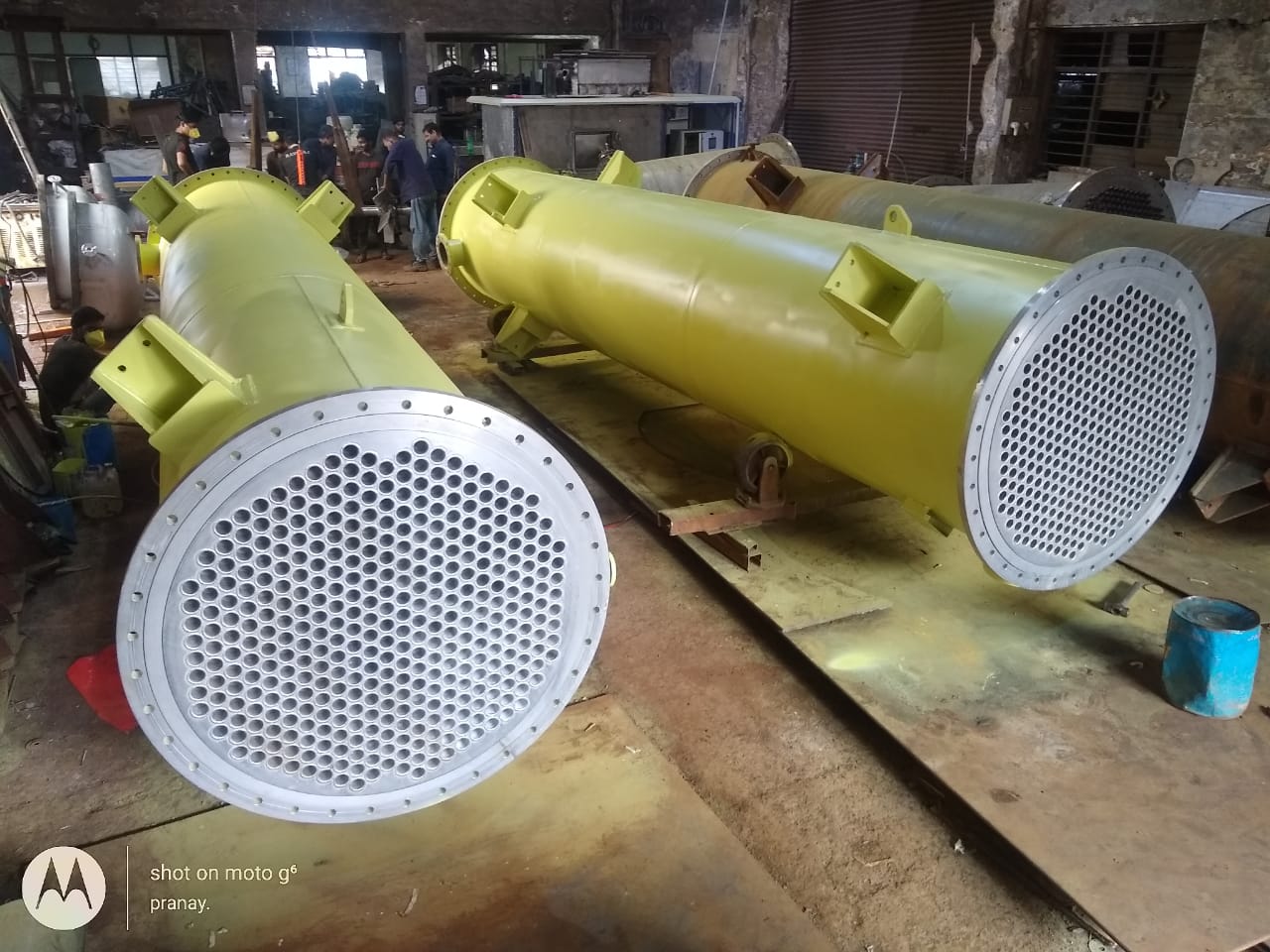Heat Exchange
A heat Exchanger is a device that facilitates the process of heat exchange between two fluids that are at different temperatures. Heat exchangers are utilized in many engineering applications, like refrigeration, heating and air conditioning systems, power plants, chemical processing systems, food processing systems, automobile radiators, and waste heat recovery units. Air preheaters, economizers, evaporators, superheaters, condensers, and cooling towers utilized in a power plant are a few examples of heat exchangers.
Heat exchangers are an enabling technology for efficient power generation with a closed, recuperated Brayton cycle using supercritical CO2 (sCO2) as the working fluid. Heat exchangers influence the general system efficiency and system size. the warmth exchanger designs must balance heat exchanger effectiveness and pressure drop to achieve the desired tradeoff between system efficiency and system size. This tradeoff between system efficiency and system size will vary with each energy conversion system application. There are many heat exchangers on traditional oil and gas or bulk chemical change plants, though they're less common in some other industries, like food and pharmaceuticals.
The traditional standard type of heat exchanger is the shell and tube, though there are many variants of this design and lots of other types of heat exchanger more suited to applications such as hygienic duty. Batch secondary heat-transfer loops are reasonably common within the pharmaceutical, specialty, agrochemical, fine chemical, food, and drink industries. the varied kinds of heat exchangers generally have similar layout requirements, but there are some variations between types that the plant layout designer should remember.
At Right Fabricators, Heat Exchangers are designed according to the required fabrication demand from various industries as we supply our products to multiple business verticals.


